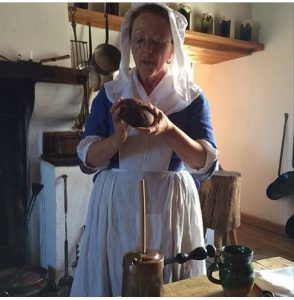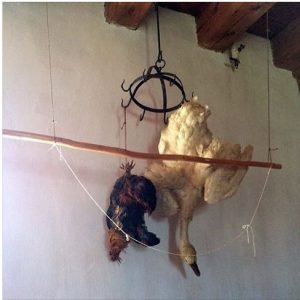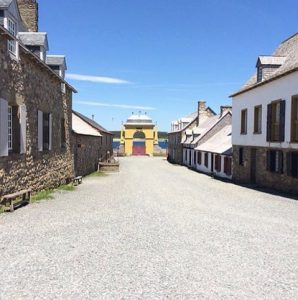Canada: Cape Breton, Nova Scotia – Chocolate for the Wealthy
Tuesday, August 2nd, 2016Chocolate was hugely expensive in the 18th century and a pound would cost the same as a pair of shoes. You had to be wealthy to be able to serve cocoa to guests. the cocoa was served hot with spices and sugar and was used medicinally and for warmth and strength. Both women and men drank it. Ladies thought it was energizing. More than two centuries later, I think we still agree about that.
Tags: 18thcentury, Canada, cape breton, century, Chocolate, cocoa, energy, fortress, Fortress of Louisbourg, guest, historic, hot, Island, louisbourg, louisbourg fortress, maritimes, medical, men, national, nova scotia, parks canada, pound, roadtrip, shoes, site, spice, strength, sugar, tourism, travel, travelblogger, warmth, wealthy, women






